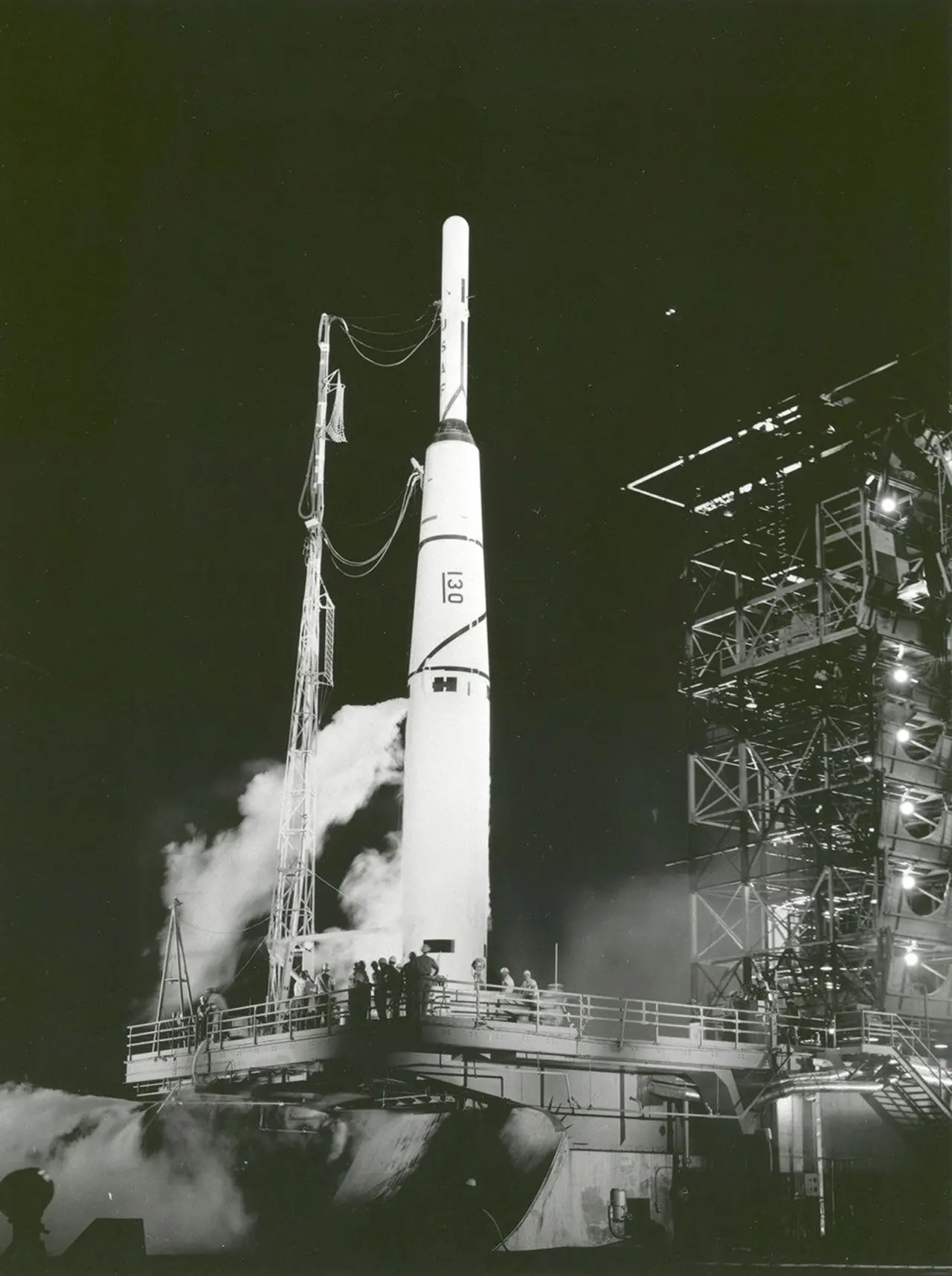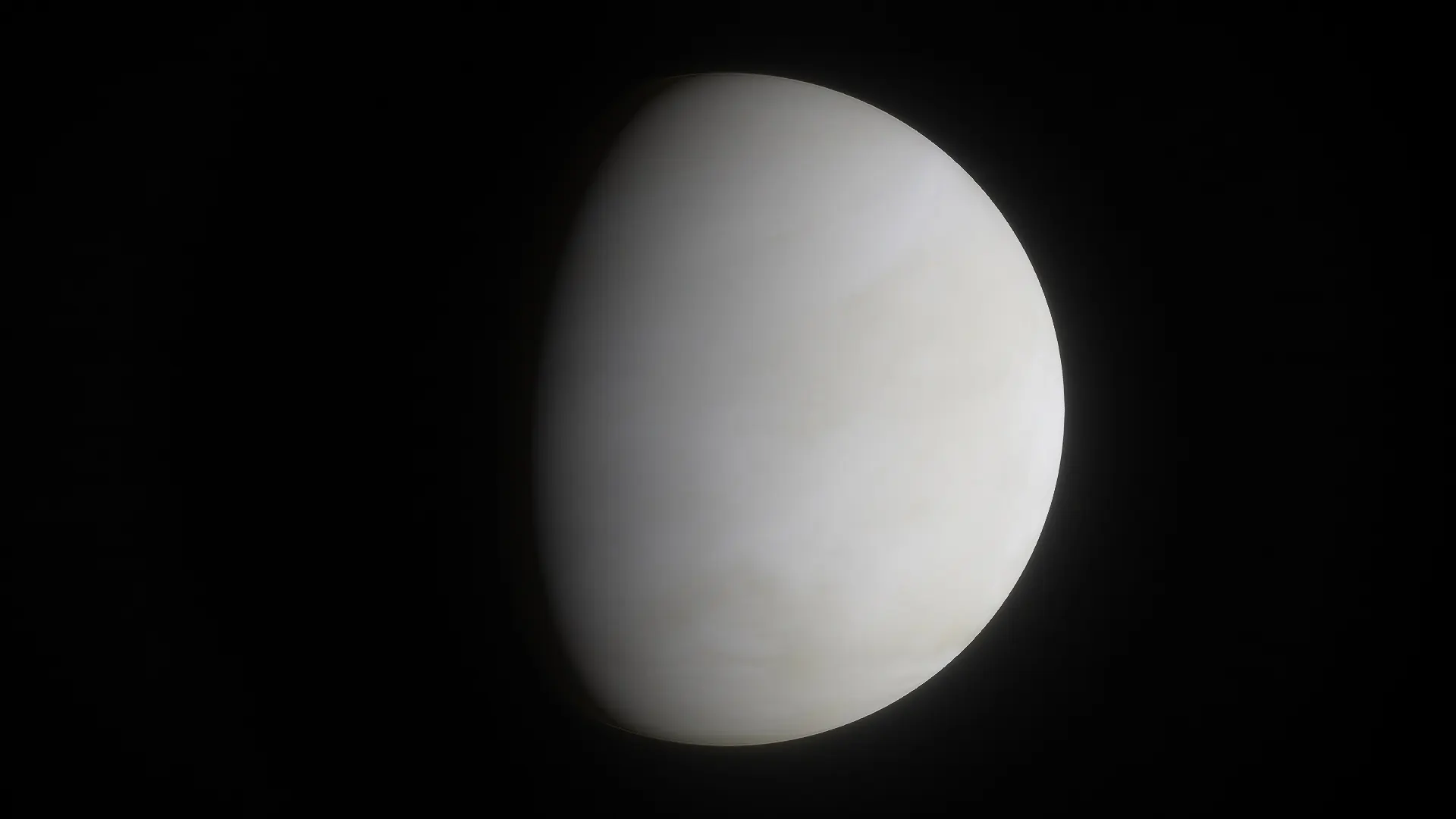Towards the end of the 1950s, news of the Soviet Union’s probes reached the U.S. Unwilling to let the USSR be the sole conquerors of space, the U.S began massive investments into their own space program, creating the Pioneer missions as the response to the Soviets’ Sputniks. Being the flagship missions of a NASA in its infancy, they were first intended to reach the moon before the Soviets. When that failed, mission parameters expanded to reaching other planets and cataloguing them, forming the basis of efforts to explore deep space and the quirks of our very own Solar System.
So let’s take a look at these missions and see if we too can learn lessons from them!

The First Stages: Gung-ho, the Moon calls!
The U.S reaction to the Sputnik missions was one of shock. In response, Eisenhower ordered the National Advisory Committee on Aeronautics (NACA), to sketch up the ‘Pioneer’ missions. The ‘first stage’ of Pioneer missions they’d come up with was intended as a political tool. Logic had that if the US reached the moon before the USSR, their technological supremacy over their Cold War adversary would be reaffirmed, once again placing the free world above the Soviet sphere.
However, these missions weren’t without their accidents. The first three Pioneers - 0,1,2 - all failed to even make orbit. Pioneer 0 exploded only 77 seconds after launch, and Pioneers 1 and 2 third launch stages failed to ignite, preventing the spaceships from reaching the required speed to escape the Earth’s gravitational pull. Pioneer 0 was actually to be called Pioneer 1, but its failure was deemed so damaging to the US’s reputation that scientists changed its name to brand it as a test.
Despite the probes’ failures, insights were gained into spaceflight hazards, such as that of ambient radiation. In addition, we gained insights into micrometeorite densities around Low Earth Orbit (LEO). As micrometeorites can cut through spacecraft material, these discoveries allowed us to determine the hazards preventing the mass launching of probes.
Even after three probes, NACA’s Pioneer 3 was still a failure. This time, malfunctions of sensors on board had stopped the thrusters from firing far earlier than normal, preventing the probe from reaching its escape velocity. It reached an altitude that allowed it to map out the Van Allen Radiation Belts using its Geiger-Muller tubes, further improving our knowledge of the hazards any manned mission to the moon might face. Then came Pioneer 4, which grazed the moon and failed to insert into its orbit. These efforts to overtake the Soviets proved futile after the Soviet Luna 2 probe began lunar orbit in 1959.

Undeterred, NACA, by then converted to the National Aeronautics and Space Administration (NASA) in 1958, redirected their focus to orbiting the sun and interplanetary space. Pioneer 5 was inserted between the orbits of the Earth and Venus, exploring and cataloguing radiation hazards and conditions in interplanetary space. It last transmitted back to Earth on June 26th, 1960 after a likely failure in its radio receiver. Pioneers 6, 7, 8, and 9 formed the basis of the first solar weather monitoring stations, orbiting the sun at different quadrants in order to study the sun, take measurements of cosmic rays, and take measurements of the interplanetary magnetic fields.
Jupiter and Saturn - Pioneer 10, 11
The 60s came and went, and the fervor of the space race petered out soon after the US put a man on the moon. Focus shifted to exploration, and with a serendipitous alignment of the outer planets imminent with the dawn of the 70s, calls began for a mission to the outer Solar System.
From the geniuses behind NASA came the Pioneer 10 and 11 probes, intended to explore Jupiter and Saturn. Pioneer 10 launched first, reaching Jupiter by December 4th, 1973. On its way to Jupiter, it took measurements of the brightness (luminosity) of zodiacal light (sunlight reflected or diffracted by dust from asteroids or comets). Pioneer 10, equipped with its magnetometer, gave us our first measurements of the magnetic field surrounding Jupiter, which we now know as being significantly stronger than the Earth’s. Furthermore, it performed an occultation experiment with the surface of Io, measuring the angle of radio wave refraction in the moon’s atmosphere to deduce its composition.

In the meantime, Pioneer 11 launched on April 6, 1973, hoping to take advantage of a gravity assist at Jupiter to both propel itself towards Saturn and confirm prior results. Some of the results it confirmed included that of the interaction between the solar wind and Jupiter’s magnetosphere. Afterwards, it made its way to Saturn, plunging through its rings on September 1, 1979. In addition to taking the first direct measurements of its ring system, it also sent back the first direct photos of Titan, revealing its surface temperature at minus 315 degrees Fahrenheit. That, and the discovery of Saturn’s F-Ring and a new, large inner moon, marked Pioneer 11’s contributions to the global scientific community. Flybys of Rhea, Iapetus, and other major Saturnian moons offered us glimpses into new worlds and avenues to explore; for example, the probe was the first to shed light on the mystery of Iapetus’s dark and light sides.

Still, all good things must come to an end. With funding for NASA slowly but surely having the rug pulled out from below them, NASA’s ability to launch probes decreased. As a result, the decision was made to terminate the Pioneer program, which made its final hurrah Pioneer 13, was sent to Venus as part of the Pioneer Venus Project. Reaching the planet on December 9th, 1978, the probes subsequently entered the Venusian atmosphere, though only the Day and Night-side probes survived their respective entry impacts. The Day side probe survived the torrid conditions on the Venusian surface for nearly an hour, transmitting and confirming temperature data from the Soviet Venera probes.
Though both Pioneer 10 and 11 now reside in the deep dark of interstellar space, having lost contact with Houston on January 23, 2003 and November 24, 1995 respectively, they, and their decommissioned predecessors in the Solar System, will forever be remembered as a cornerstone to planetary science research. Here’s to another series of probes to explore the outer Solar System - I heard Neptune’s nice this time of year!

Phew! One of my longest yet! Enjoy!!!
Like what you see? Feel free to subscribe to receive updates whenever we post.
Sources
- https://www.ebsco.com/research-starters/history/pioneer-space-program-launched#:~:text=The%20Pioneer%20program%20marked%20the,gathered%20other%20significant%20astronomical%20data.
- https://ntrs.nasa.gov/api/citations/19980230605/downloads/19980230605.pdf
- https://science.nasa.gov/mission/pioneer-5/
- https://nssdc.gsfc.nasa.gov/nmc/spacecraft/display.action?id=1960-001A
- https://lasp.colorado.edu/outerplanets/missions_pioneers.php#pioneer10
- https://archive.org/details/frontiersofspace00laun_0